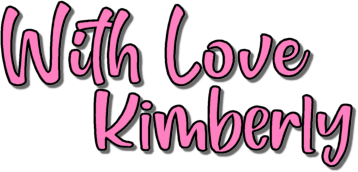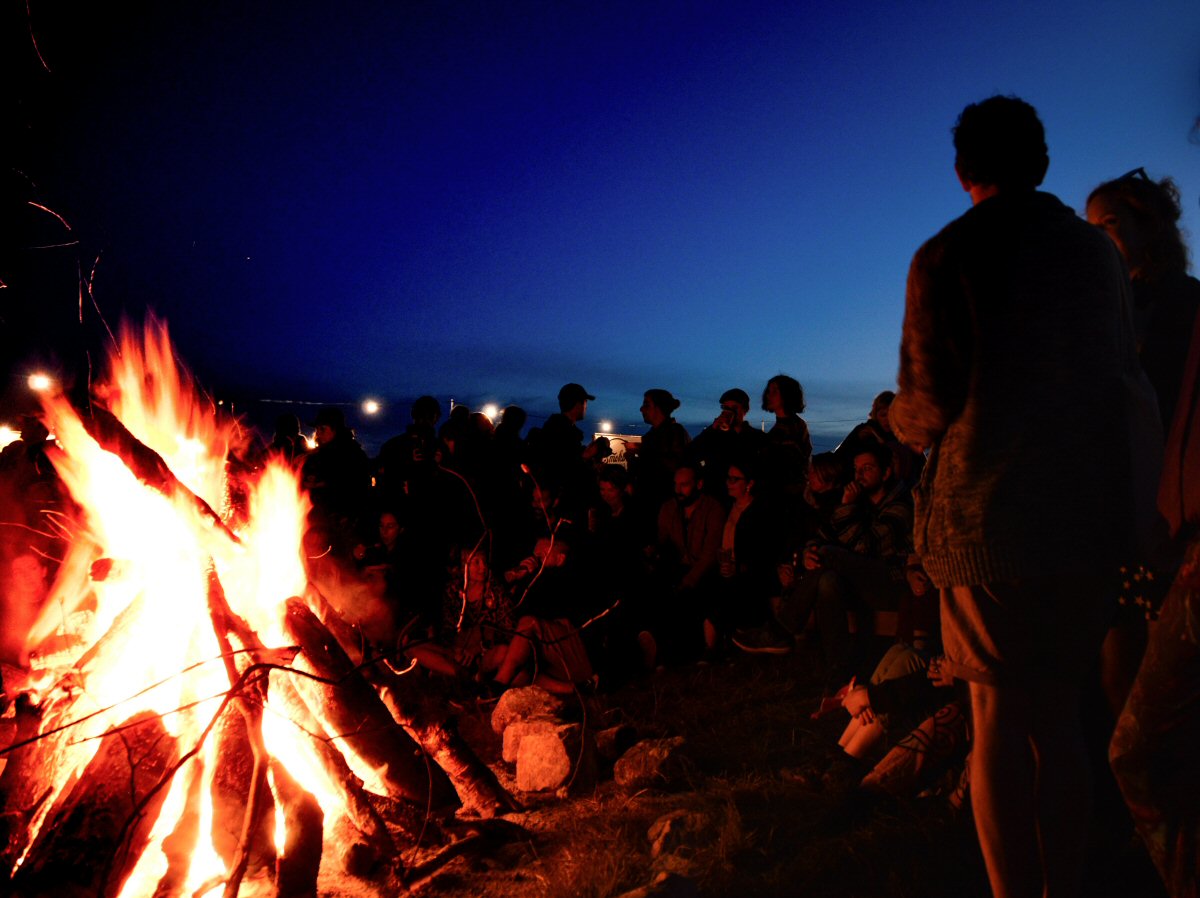When we think of Halloween, we picture young kids in costumes filling bags with candy (and later, making trips to the dentist…). As a Celtic musician and history teacher based in Richmond, Virginia, our guest author today thought it might be fun to give you a little history lesson on how the practice of “trick or treating” actually began in Ireland centuries ago.
The Irish Origin of Halloween is Samhain
Dating back over 2000 years to Ireland, Samhain (pronounced “sow-en”) marked the end of the summer and the beginning of winter, the Celtic New Year.
On October 31st Irish clans would gather for the formal ceremonies by dousing all fires in their homes and hosting a gigantic bonfire in the center of the village. The locals would dress up and dance around the bonfire, acting out stories from the Wheel of Life that focused on death, regeneration, and survival. One of the original Samhain rituals of wearing costumes and ugly masks has survived all these years.
During the bonfire ritual, as the village would dance, the veil between this world and the Otherworld was believed to be at its thinnest. This is a time when it is possible for spirits of the dead to pass through and mingle with the world of the living.
Animals and crops were burned as sacrifices to the Celtic deities, in order to thank them for the last year’s harvest. The ugly masks were used to scare away any malevolent spirits that may have been set free from the realm of the dead.
Jack of the Lantern

According to Celtic mythology, a young man named Jack made a pact with the Devil during a gambling session which resulted in the Devil agreeing that he would never take Jack’s soul upon his death. However, when Jack died and had found a way to deceive the Devil, he was refused entry into heaven as well as being condemned as an ‘unsavory’ soul.
He was condemned to roam the dark wilderness of Ireland for all eternity, with nothing more than a lump of burning coal and a turnip that the Devil threw to him to light his way. The Irish began to refer to his ghostly apparition as Jack of the Lantern and would make their own versions of him by carving out turnips, beets, and potatoes with candles inside, and placing them outdoors at their entrances and windows to frighten away any wandering spirits.
Other Irish Mythological Creatures and Ghosts

It wasn’t just Jack that the Irish needed to protect themselves from. The fairies, if angered, had the potential to cause much more mischief. The most malevolent fairy associated with the origin of Halloween is the Puca. The Puca would usually take on the form of animals such as horses and would wreak havoc on the people and livestock in the countryside. Other terrors included the Fomorians and the Leprechauns, who would attempt to steal treasures such as gold, grains, milk, and live children to whisk away to the Otherworld. Finally, there is the Banshee, a female fairy who warns of impending doom and death with her piercing eerie wail which was believed to proceed the appearance of a funeral carriage drawn by a headless horseman.
Halloween in America
When the Irish emigrated to the United States during the 19th century, like all immigrants, they brought their homeland traditions with them.
One of these traditions which we still do today is the practice of decorating pumpkins in order to deter unwelcome spirits from entering our households. During Samhain, food offerings such as soul cakes and drinks were placed on doorsteps to placate the Irish fairies and Jack of the Lantern to pass by their homes.
Households that were deemed to have been ‘less than generous’ with their edibles would receive a trick played on them by the malevolent spirits. This is where the modern version of trick or treat derives from.
Meet our Guest Author, Mike Ferry

Mike has extensive media experience as an author and musician (Huffington Post, Washington Post, Christian Science Monitor, VPM, Richmond Times-Dispatch, radio shows, and podcasts around the world). He is also an excellent Celtic musician and history teacher based right here in Richmond, and the dad to 5 kids.
Mike has generously offered to tell us a little about himself and his Irish heritage growing up.
Life has some crazy twists and turns, doesn’t it? When I was younger, I had no idea that my Irish heritage would be so meaningful to me as an adult. Growing up in Greensboro, North Carolina, I learned about my family’s immigrant history. All four of my grandparents had come to the United States from Ireland. Three of them came from County Donegal, located in the northwestern corner of Ireland. My fourth grandparent came from County Cork, along the island’s southwestern coast. I loved listening to their stories and hearing their Irish accents, which had not changed much after decades of living in America.
Irish music and dancing were memorable parts of my upbringing. While my parents were not musicians or dancers, they often played Irish records, tapes, and CDs and encouraged me and my sister to do a jig every now and then. One of my favorite childhood experiences was my first trip to Ireland, taken when I was eight years old. My parents sent me to my uncle’s wedding as a representative of my immediate family. During that stay in the Emerald Isle, I fell in love with both the rugged beauty of the landscape and the warmth of the people.
As a musician, it’s taken a while for me to fully embrace my Irish background. I started taking classical violin lessons at the age of four, and I added piano to my repertoire a few years later. In the decades ahead, I performed in symphonies, rock bands, and church choirs. Music has been good to me, and it’s brought many people and experiences into my life. I’ve had the chance to play in venues around the country, and my compositions have been heard by listeners around the world. Performers I’ve shared the stage with include Sugarland, Melissa Etheridge, and The Outfield. In addition, my music has appeared in television shows such as The Real World, Dawson’s Creek, and Scrubs. Now, after nearly four decades in music, I’ve finally returned to my Irish roots.

My latest album, “From Ulster To Appalachia,” is a blend of Irish, Scottish, and American fiddle tunes with a modern twist. It pays tribute to the journey that some of America’s earliest pioneers took from Scotland and Ireland. The music that they brought across the Atlantic Ocean formed the foundation of folk, country, and southern rock. Their important contribution to our history has been largely forgotten, but I’m doing my part to memorialize them.

Thank you so much for sharing your history with us, Mike! We’ve truly enjoyed the bit of history and getting to know you a wee bit better as well!
We would love for you to hear Mike’s music. You cannot help but start tapping your toes when you hear his music! Here is where you can find more from Mike Ferry Music.
Website – Facebook – Instagram – Spotify – Twitter – YouTube
You can find Mike’s music on all streaming digital platforms, such as Apple Music. We will be hosting a giveaway in our 2021 Holiday Giveaways for you to receive one of Mike’s CDs in just a short amount of time, so stay tuned for that! I leave you with one of my favorite performances of Mike’s from his YouTube channel.
Update on Performance: Due to a scheduling conflict, Mike will NOT be performing at Lickinghole Creek Craft Brewery on November 13. For those in the RVA who wish to see Mike perform, we will update this once information is available! Thank you.
If you are in the Richmond area and would like to see Mike perform live, his next performance will be at Lickinghole Creek Craft Brewery in Goochland on November 13, 2021, for their Celtic Music Night. The performance will also feature an appearance by several members of the Greater Richmond Pipes and Drums Society. Free and family-friendly, definitely a must to add to your calendar!





